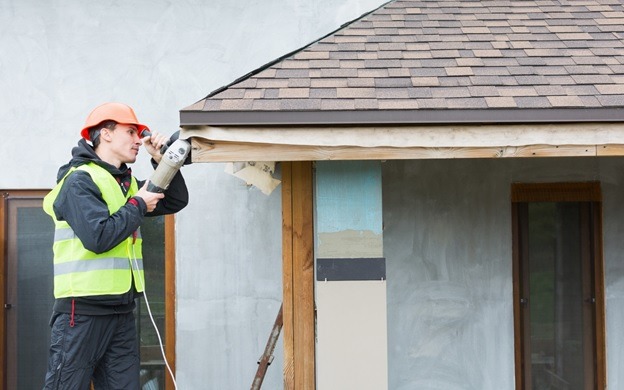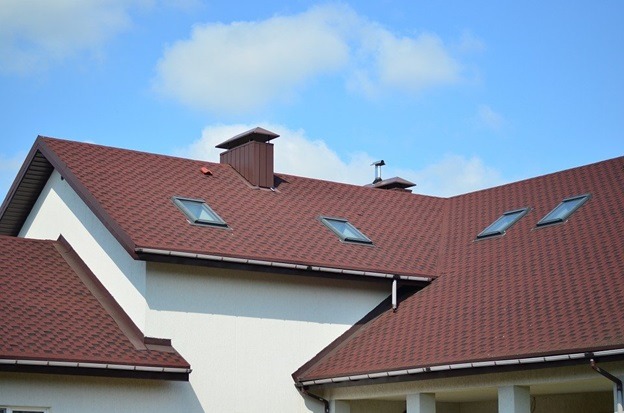The life expectancy of a tile roof is 50 years, provided the best materials were used, and they were installed correctly. Regardless of whether you’re re-tiling or purchasing a new home, it’s still best if you’re aware of the lifespan of the new and existing tiles.
Most of the questions that you may have in mind are answered in this article. Learn more about tile roof replacement service in Dallas to see if now is the right time for you to get replacements. Roofers can also advise you about whether you need to repair or replace it.
More about the Life Spans
Several factors can affect the lifespan of the tiles. This can be the weather in the area, installation, the type of material used, regular maintenance, and others. Installations done well can make the slates last up to a century, while asphalt may have a longevity period of about 50 years.
This durability will all depend on the maintenance and repairs done in all of these years, and the longevity can be affected by the seasons and environment in an area. On average, some roofs can last up to 60 years, provided the house is not near a metropolitan area, and the best repairmen are always there to help.
One of the factors that can affect life expectancy is the weather. However, underlays may need replacement after almost three decades so that the integrity of the entire roofing system will not collapse. Be on the lookout for possible minor repairs and ensure that they are fixed before they worsen and affect the other parts of the roof.
About Clay Materials
You may have used clay as a material for your roof because of its aesthetic appeal, and this has also proved to be durable. If so, then you’re not alone, as many homeowners were also thinking the same. At most, you can get the most of this investment by giving you a guarantee of at least 30 years.
There’s research from other establishments that state that clay should last for a minimum of at least 60 years, but again, this will depend entirely on maintenance and location. Read more about the tiles on this site here.
The clay materials are long-lasting, durable, and very strong. They fare very well in sun, rain, hail, snow, and winds all year long. In some homes, many house occupants were delighted that the property that they have acquired had clay tiles that are more than a century old. They keep the indoors cool, and they are incredibly energy-efficient. This is why they make an excellent investment for any property.
These tiles are molded and baked, and they have the earth’s density. They generally come in colors like brown, orange, yellow, and white. Generally, the most common ones are called terracotta, naturally occurring and appealing materials that can last for years despite being subjected to harsh environments.
Cement Materials
The cement tiles are durable, and they don’t require frequent replacements. They can be long-lasting because concrete can last well beyond the 50-year mark. As long as you conduct regular maintenance, then you’ll find that cement can be an excellent investment on your part.
Total replacements are rare, but they are only required once the tiles are considered damage. They don’t wear and tear and are very durable. With the ability to withstand any harsh weather and environment, it’s no wonder they are becoming popular in many homes nowadays.
The only time that they will get a bad beating is during a very fierce storm and if the tiles were not maintained well by the roofers. Inferior installation may result in broken, cracked, and weak tiles that will come off, and they can be hazardous to the occupants and the neighborhood. An immediate replacement should be in order when there are cracks because this can leave a gaping hole on the roof.
Cement replacement can be challenging, primarily if the property is sold. Your roofer may suggest other materials to use, or you may want to do a complete renovation into your property when you want to keep them. These are sturdy materials, and they require heavy equipment as well as expert contractors to handle them. It’s best if you can leave these kinds of jobs to professional roofers to prevent accidents. Also, the best contractors will check your immediate surroundings to ensure that using cement is a good idea.
Maintenance
You need to monitor the condition of your roofing system, especially after a typhoon has passed. If you notice that leaks are appearing left and right, it may be the right time to get repairs done as soon as possible.
Cracked tiles can be visible from the outside, and if you notice one, there may be a need for immediate inspection for the safety of everyone in the house. If these problems are not attended to quickly, it can create more headaches and expensive issues down the road. If you notice a dislodged tile, call the pros to advise you about the course of action you need to take.
Average Expectancies of Other Materials
- Concrete: 50 years
- Slate: Up to 100 years or more
- Clay: 40 to 100 years
- Wooden Shingles: 20 years or more
- Colorbond roofs: Up to 100 years when adequately painted, maintained, and treated
- Metal: Up to 40 years or more
- Asphalt: 15 to 20 years on average
Regular inspections are the keys to how you can prolong the lifespan of the materials. Learn more about the inspections in this URL: https://www.houselogic.com/organize-maintain/home-maintenance-tips/inspecting-and-maintaining-your-roof/. If there’s a need to change from wood to slate, then do so, especially if you can already afford this significant renovation. You need experts who can install everything correctly the first time and keep everyone safe.
Many companies have been operating for years, and the local ones are used to the extreme and harsh weather in your area. Talk to an expert roofing company and get at least three quotes from different contractors. Know more about their services and get in touch with at least one of the members to know what they do and if it’s time to replace your roof tiles.


